-
 Bitcoin
Bitcoin $117800
0.49% -
 Ethereum
Ethereum $4432
0.55% -
 XRP
XRP $3.106
1.07% -
 Tether USDt
Tether USDt $1.001
0.01% -
 BNB
BNB $835.8
1.74% -
 Solana
Solana $189.1
2.72% -
 USDC
USDC $0.9999
-0.01% -
 Dogecoin
Dogecoin $0.2302
3.65% -
 TRON
TRON $0.3485
-0.69% -
 Cardano
Cardano $0.9212
-0.91% -
 Hyperliquid
Hyperliquid $46.97
1.45% -
 Chainlink
Chainlink $22.77
5.61% -
 Stellar
Stellar $0.4284
0.82% -
 Sui
Sui $3.766
2.82% -
 Bitcoin Cash
Bitcoin Cash $583.5
-0.82% -
 Ethena USDe
Ethena USDe $1.001
0.03% -
 Hedera
Hedera $0.2512
2.78% -
 Avalanche
Avalanche $24.18
2.27% -
 Litecoin
Litecoin $120.2
2.10% -
 Toncoin
Toncoin $3.450
1.96% -
 UNUS SED LEO
UNUS SED LEO $9.412
-0.92% -
 Shiba Inu
Shiba Inu $0.00001298
2.35% -
 Uniswap
Uniswap $10.99
3.75% -
 Polkadot
Polkadot $3.962
3.09% -
 Dai
Dai $1.000
0.00% -
 Bitget Token
Bitget Token $4.643
1.38% -
 Cronos
Cronos $0.1511
-0.08% -
 Ethena
Ethena $0.7246
3.18% -
 Monero
Monero $254.9
7.90% -
 Pepe
Pepe $0.00001100
3.32%
MetaMask cross-chain transfer failed. Does the target chain support it?
MetaMask enables cross-chain transfers, but failures can occur due to network issues or insufficient fees; always verify target chain compatibility and settings.
May 12, 2025 at 12:49 pm
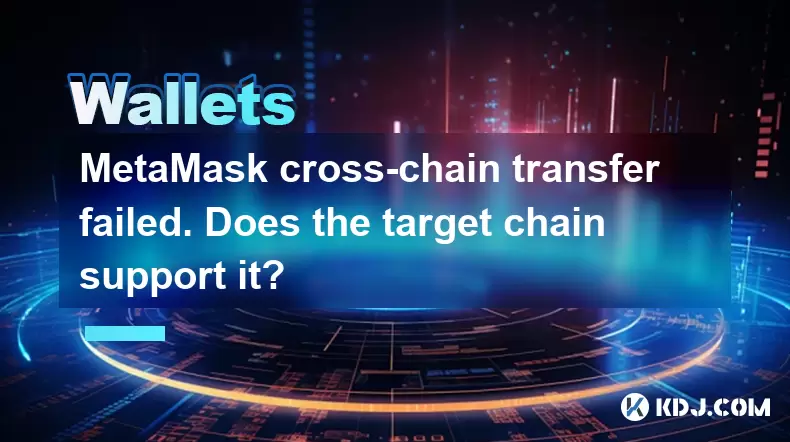
Understanding MetaMask and Cross-Chain Transfers
MetaMask is a popular digital wallet that allows users to interact with the Ethereum blockchain and other compatible networks. It provides a user-friendly interface to manage cryptocurrencies, interact with decentralized applications (dApps), and perform transactions. One of the advanced features that MetaMask supports is cross-chain transfers, which allow users to move assets between different blockchain networks. However, users often encounter issues when attempting these transfers, such as a cross-chain transfer failed error.
What Does "Cross-Chain Transfer Failed" Mean?
When you see the message "cross-chain transfer failed" in MetaMask, it indicates that the transaction you attempted to execute did not complete successfully. This can happen for various reasons, including network congestion, insufficient gas fees, or issues with the target chain's compatibility. One of the critical factors to check is whether the target chain supports the type of cross-chain transfer you are attempting.
Checking if the Target Chain Supports Cross-Chain Transfers
To determine if the target chain supports cross-chain transfers, you need to follow a few steps:
- Identify the target chain: First, you need to know the specific blockchain you are trying to transfer to. This could be Binance Smart Chain, Polygon, or any other network.
- Research the chain's documentation: Visit the official website or documentation of the target chain. Look for sections related to interoperability or cross-chain functionality.
- Check for bridge compatibility: Many chains use bridges to facilitate cross-chain transfers. Ensure that the bridge you are using is compatible with both the source and target chains.
- Verify supported tokens: Some chains may only support specific tokens for cross-chain transfers. Confirm that the token you are trying to transfer is supported on the target chain.
Common Reasons for Cross-Chain Transfer Failures
There are several reasons why a cross-chain transfer might fail, even if the target chain supports it:
- Insufficient gas fees: Each blockchain has its own fee structure. If you do not provide enough gas, the transaction may fail.
- Network congestion: High transaction volumes can lead to delays and failures in cross-chain transfers.
- Smart contract issues: If the smart contracts involved in the transfer are not functioning correctly, the transfer can fail.
- Incorrect settings: Misconfigured settings in MetaMask or the bridge can lead to failed transfers.
How to Troubleshoot a Failed Cross-Chain Transfer
If your cross-chain transfer fails, here are some steps to troubleshoot the issue:
- Check transaction status: Use a blockchain explorer to see if the transaction was processed and where it failed.
- Verify gas settings: Ensure you have set the correct gas limit and gas price for the transaction.
- Retry the transaction: Sometimes, retrying the transaction with adjusted settings can resolve the issue.
- Contact support: If the issue persists, reach out to the support teams of both the source and target chains for assistance.
Ensuring Successful Cross-Chain Transfers
To increase the chances of a successful cross-chain transfer, consider the following tips:
- Use reliable bridges: Choose well-established and reputable bridges for your transfers.
- Monitor network conditions: Keep an eye on the current state of both the source and target networks to avoid peak congestion times.
- Set appropriate fees: Ensure you are setting the right gas fees to cover the costs of the transaction.
- Double-check token compatibility: Always confirm that the token you are transferring is supported on the target chain.
FAQs
Q: Can I recover my funds if a cross-chain transfer fails?
A: In many cases, if a cross-chain transfer fails, the funds will be returned to your wallet. However, the exact outcome depends on the specific circumstances of the failure. It's essential to check the transaction status and contact support if necessary.
Q: Are there any risks associated with cross-chain transfers?
A: Yes, cross-chain transfers come with risks such as smart contract vulnerabilities, bridge hacks, and potential loss of funds if the transfer fails. Always use reputable services and understand the risks involved.
Q: How long does a cross-chain transfer typically take?
A: The duration of a cross-chain transfer can vary widely depending on the networks involved and their current congestion levels. Transfers can take anywhere from a few minutes to several hours.
Q: Can I use MetaMask for all types of cross-chain transfers?
A: MetaMask supports many cross-chain transfers, but not all. It depends on the specific networks and bridges you are using. Always check the compatibility before attempting a transfer.
Disclaimer:info@kdj.com
The information provided is not trading advice. kdj.com does not assume any responsibility for any investments made based on the information provided in this article. Cryptocurrencies are highly volatile and it is highly recommended that you invest with caution after thorough research!
If you believe that the content used on this website infringes your copyright, please contact us immediately (info@kdj.com) and we will delete it promptly.
- Kazakhstan's Crypto Leap: Bitcoin ETF and Central Asia's Digital Finance Future
- 2025-08-13 12:45:19
- BlockDAG Presale Blazes Past $371M: Fundraising Frenzy Fuels Crypto Sensation
- 2025-08-13 13:05:21
- Meme Coins: Chasing the 2025 Surge – Which Will Moonshot?
- 2025-08-13 10:25:23
- Bitcoin's Wild Ride: Rally, Pullback, and What's Next
- 2025-08-13 10:25:23
- Bitcoin, Bitmax, and Institutional Demand: A New Era of Crypto Investment
- 2025-08-13 10:45:12
- Solana, ROAM, and Airdrops: What's the Buzz in 2025?
- 2025-08-13 11:35:13
Related knowledge
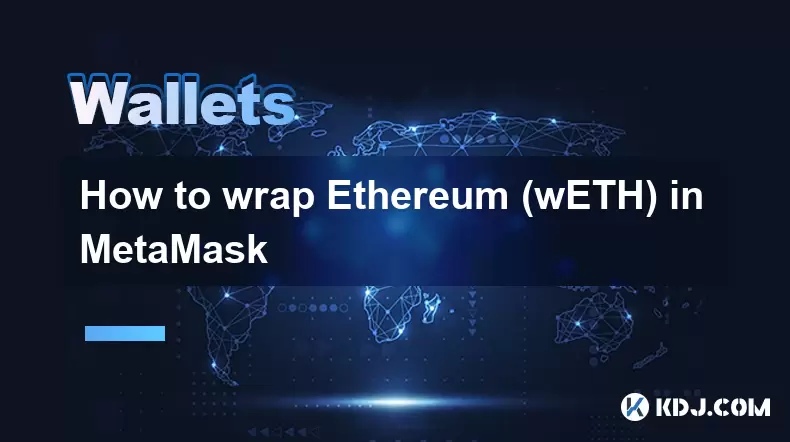
How to wrap Ethereum (wETH) in MetaMask
Aug 13,2025 at 11:36am
Understanding Wrapped Ethereum (wETH)Wrapped Ethereum (wETH) is a tokenized version of native Ethereum (ETH) that conforms to the ERC-20 standard, ena...

How to manage your portfolio in Exodus wallet
Aug 08,2025 at 10:07pm
Understanding the Exodus Wallet InterfaceThe Exodus wallet is a non-custodial cryptocurrency wallet that supports a wide range of digital assets. When...
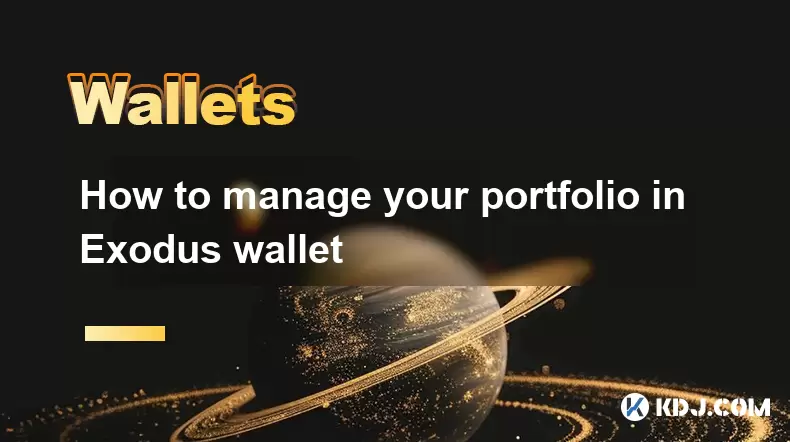
How to manage your portfolio in Exodus wallet
Aug 13,2025 at 11:35am
Understanding the Exodus Wallet InterfaceThe Exodus wallet is a non-custodial cryptocurrency wallet that supports a wide range of digital assets. Upon...

How to reset your MetaMask password
Aug 08,2025 at 01:28pm
Understanding the MetaMask Password Reset ProcessMany users confuse the MetaMask password with the seed phrase or private key, but they serve differen...
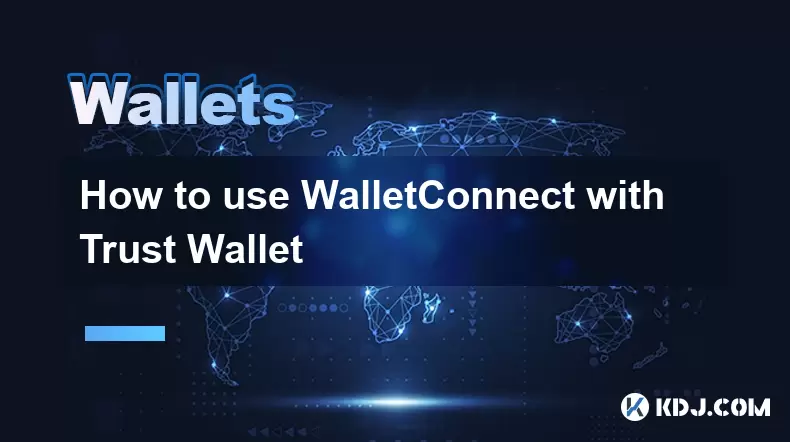
How to use WalletConnect with Trust Wallet
Aug 13,2025 at 01:07am
What Is WalletConnect and Why It Matters for Trust Wallet UsersWalletConnect is an open-source protocol that enables secure communication between dece...
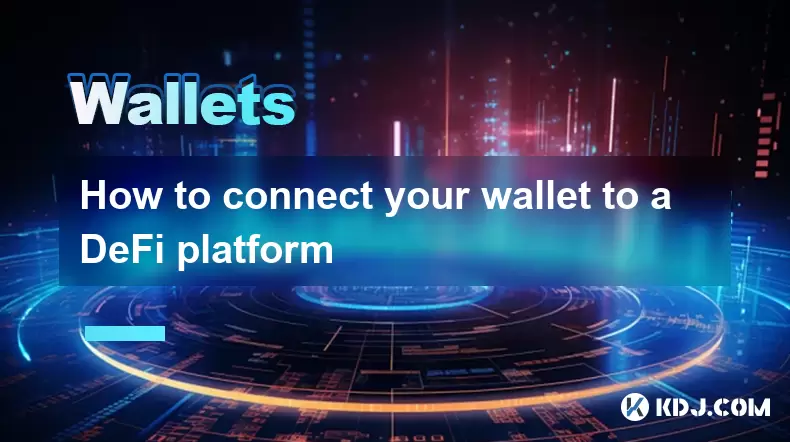
How to connect your wallet to a DeFi platform
Aug 13,2025 at 11:36am
Understanding Wallet Compatibility with DeFi PlatformsBefore connecting your wallet to any DeFi platform, it's essential to ensure your wallet is comp...

How to wrap Ethereum (wETH) in MetaMask
Aug 13,2025 at 11:36am
Understanding Wrapped Ethereum (wETH)Wrapped Ethereum (wETH) is a tokenized version of native Ethereum (ETH) that conforms to the ERC-20 standard, ena...

How to manage your portfolio in Exodus wallet
Aug 08,2025 at 10:07pm
Understanding the Exodus Wallet InterfaceThe Exodus wallet is a non-custodial cryptocurrency wallet that supports a wide range of digital assets. When...

How to manage your portfolio in Exodus wallet
Aug 13,2025 at 11:35am
Understanding the Exodus Wallet InterfaceThe Exodus wallet is a non-custodial cryptocurrency wallet that supports a wide range of digital assets. Upon...

How to reset your MetaMask password
Aug 08,2025 at 01:28pm
Understanding the MetaMask Password Reset ProcessMany users confuse the MetaMask password with the seed phrase or private key, but they serve differen...

How to use WalletConnect with Trust Wallet
Aug 13,2025 at 01:07am
What Is WalletConnect and Why It Matters for Trust Wallet UsersWalletConnect is an open-source protocol that enables secure communication between dece...

How to connect your wallet to a DeFi platform
Aug 13,2025 at 11:36am
Understanding Wallet Compatibility with DeFi PlatformsBefore connecting your wallet to any DeFi platform, it's essential to ensure your wallet is comp...
See all articles

























































































